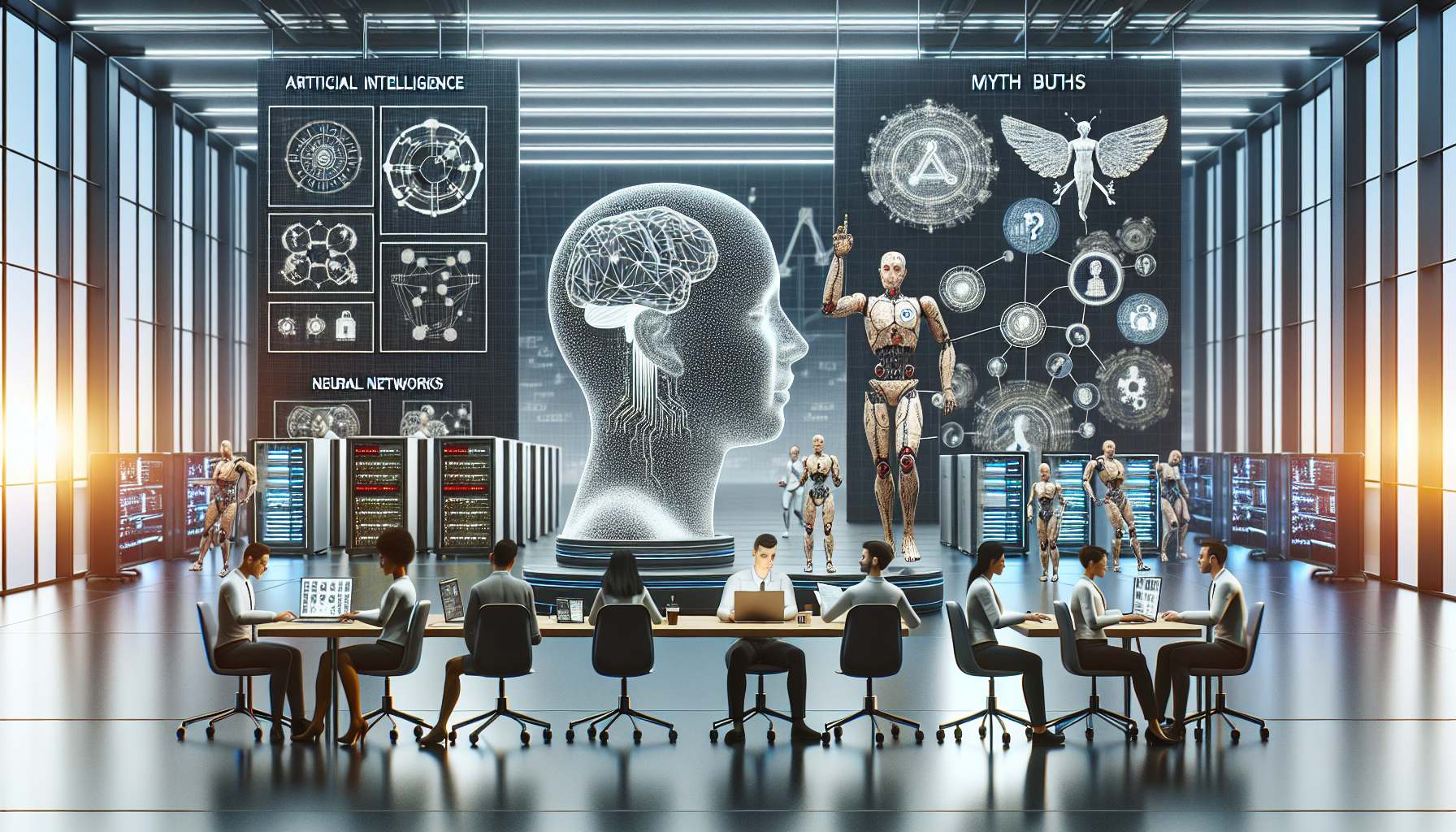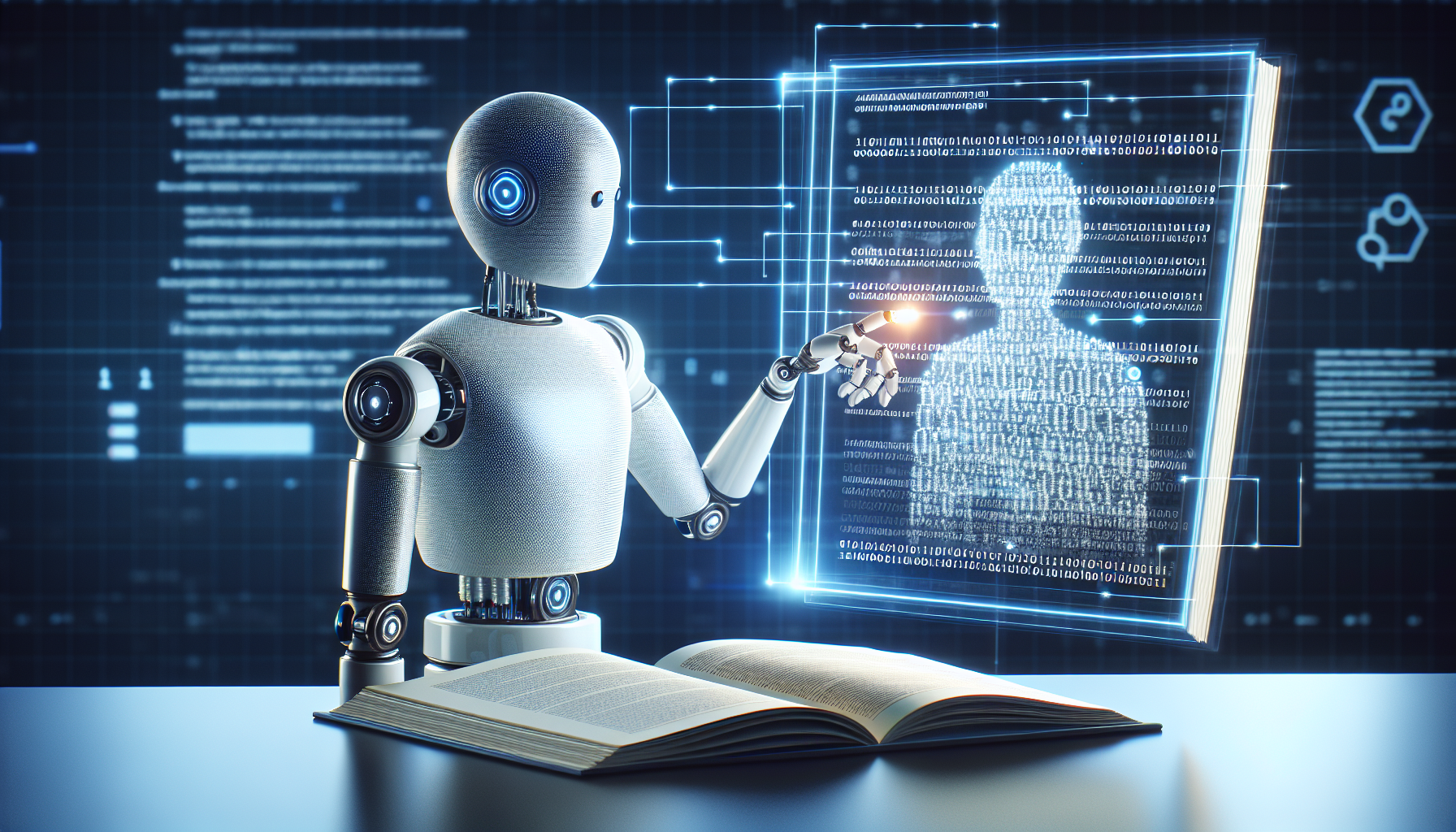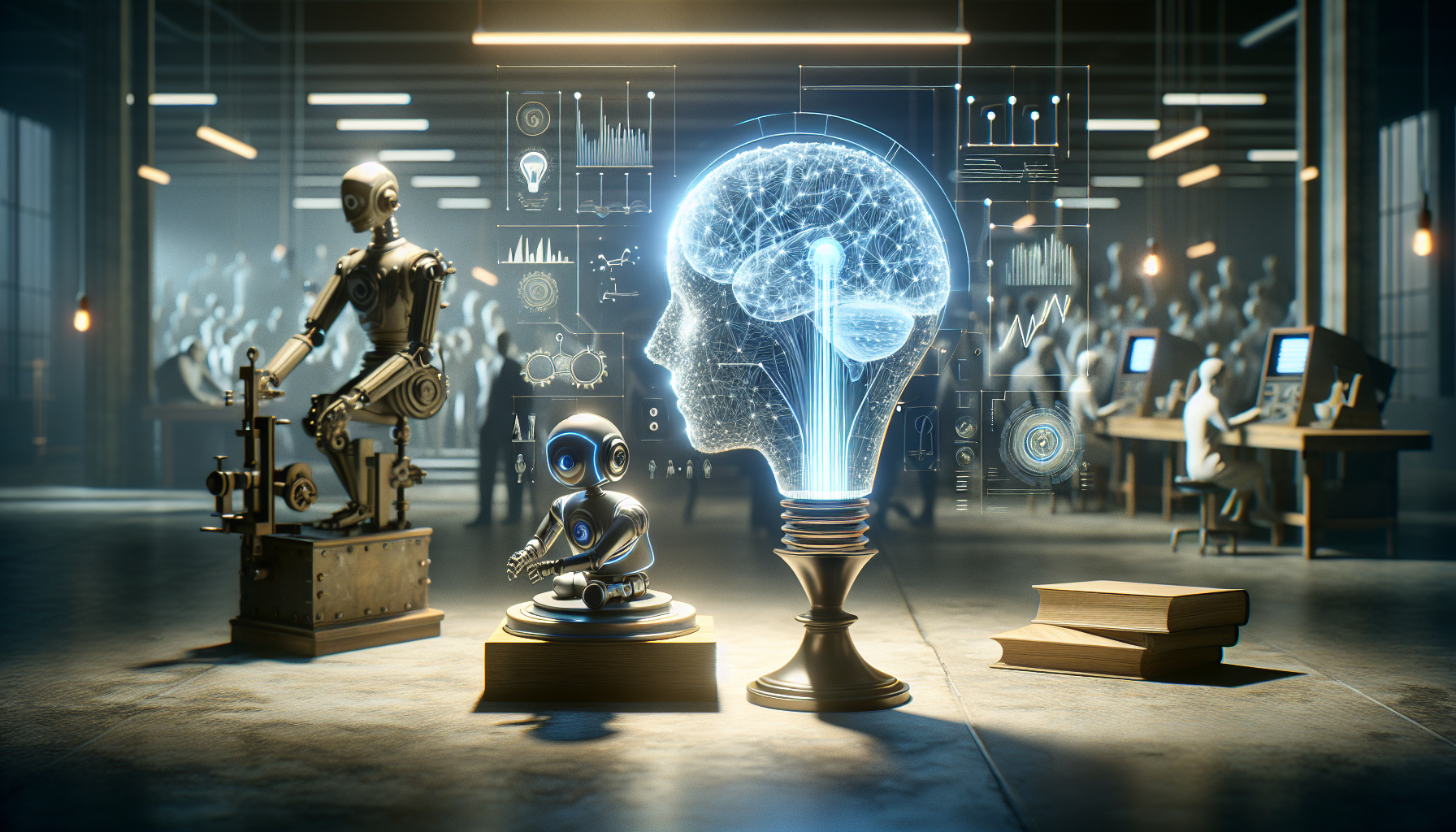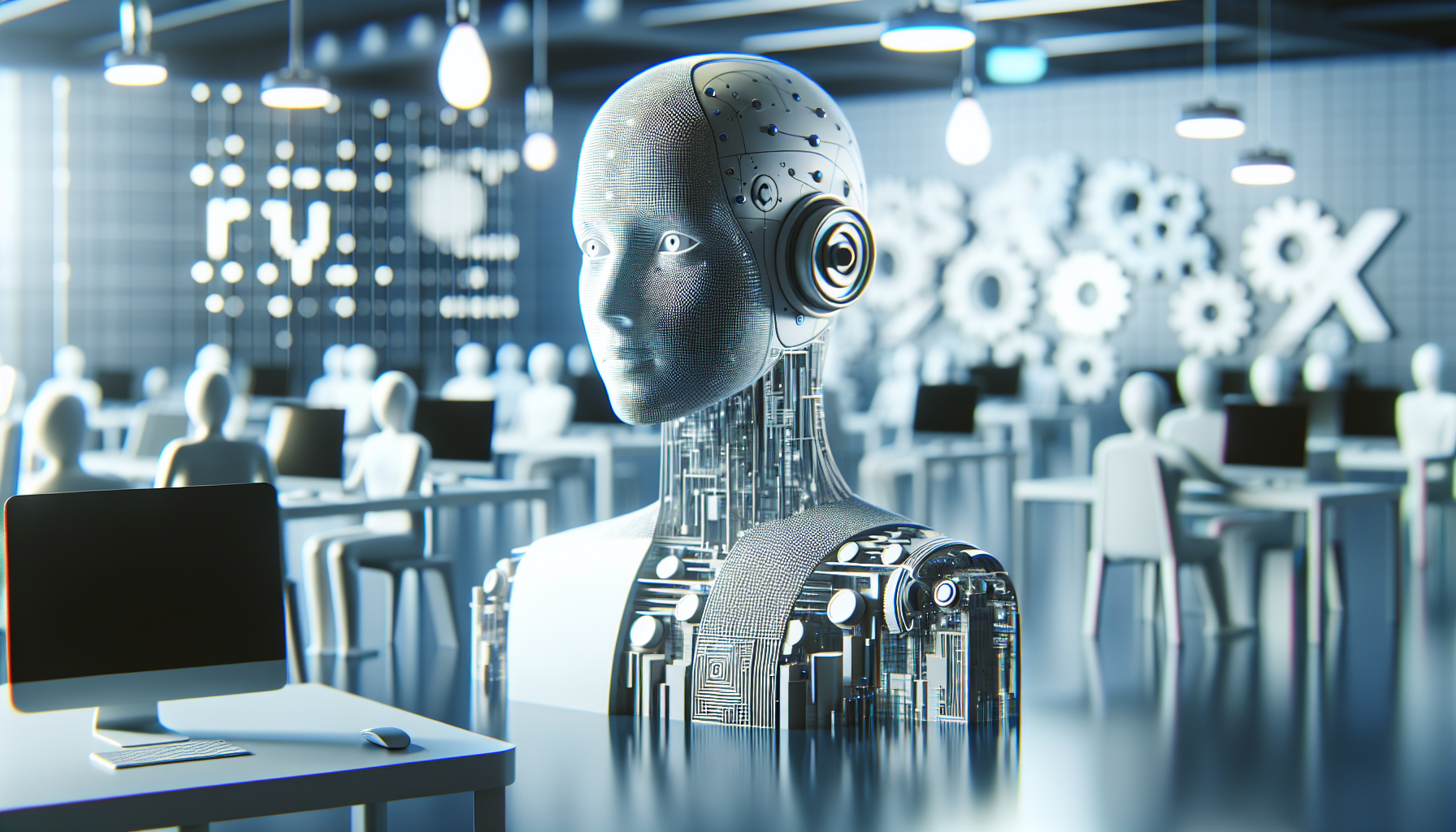
AI and Robotics: Debunking Myths of Human-Machine Synergy
July 17, 2025
The discourse surrounding artificial intelligence (AI) and robotics often oscillates between utopian visions of a frictionless future and dystopian fears of obsolescence. The truth, however, lies in the nuanced balance of human-machine collaboration. This article aims to debunk prevalent myths about AI and robotics, providing a clearer picture of how these technologies are harmonizing with human capabilities rather than replacing them.
One of the most persistent myths is that AI and robotics will lead to massive unemployment, rendering human labor redundant. This narrative overlooks the historical precedent of technological evolution, where innovations initially disrupt but ultimately create new industries and job opportunities. For instance, the advent of automation in manufacturing did displace certain roles but also gave rise to new, high-skilled positions in technology development and maintenance.
AI and robotics are poised to augment human capabilities, enabling workers to focus on higher-order tasks that require creativity, empathy, and critical thinking—traits that machines are far from mastering. Consider the healthcare sector, where AI-driven diagnostic tools assist doctors by analyzing vast datasets to pinpoint anomalies. These systems do not replace the nuanced judgment of a physician; rather, they enhance diagnostic accuracy and efficiency, allowing doctors to concentrate on patient care and treatment planning.
Another myth suggests that AI and robotics lack the capacity for creativity, an area traditionally viewed as uniquely human. While it is true that machines operate on algorithms and data, recent advancements in AI have demonstrated unexpected creative potential. AI systems have composed music, generated visual art, and even written poetry, challenging the notion that creativity is an exclusively human domain. These developments do not diminish human creativity but rather expand it by offering new tools and perspectives.
Moreover, the fear that AI systems are inherently biased and unreliable is a concern that merits attention and action rather than panic. Bias in AI arises from the data used to train these systems, reflecting the prejudices embedded in societal structures. Addressing this issue is a matter of refining data inputs and implementing robust ethical guidelines. Transparency and accountability in AI development are crucial, and many researchers are actively working on frameworks to mitigate bias, ensuring that AI systems are fair and equitable.
The myth of the "singularity"—a hypothetical point where AI surpasses human intelligence and becomes uncontrollable—also warrants scrutiny. While it captures the imagination of science fiction, experts agree that such a scenario remains speculative and is not an immediate concern. Current AI systems, including advanced neural networks, operate within narrow parameters defined by human designers. The intelligence of these systems is task-specific and lacks the general cognitive abilities that characterize human thought.
Additionally, there is a misconception that robotics in AI will lead to a loss of human connection and interaction. On the contrary, robotics can facilitate communication and engagement, especially in contexts where human interaction is limited. Social robots, for instance, are being used in elder care to provide companionship and assistance, enhancing the quality of life for those who might otherwise face isolation.
The integration of AI and robotics into society is not about creating a dichotomy between humans and machines but about fostering a symbiotic relationship. This collaboration holds the potential to address complex global challenges, from climate change to healthcare accessibility, by leveraging the strengths of both human intuition and machine precision.
As we continue to navigate the integration of AI and robotics into various sectors, it is crucial to approach these technologies with an informed perspective. Understanding the realities and dispelling the myths allows for a more productive dialogue about the future of work and society. The focus should be on crafting policies and frameworks that ensure ethical development and equitable access, fostering an environment where human-machine collaboration thrives.
How might we further harness the potential of AI and robotics to enhance human capabilities while safeguarding ethical standards? This question invites ongoing exploration and innovation, encouraging us to envision a future where technology serves as an ally, not an adversary, in the quest for progress and well-being.


